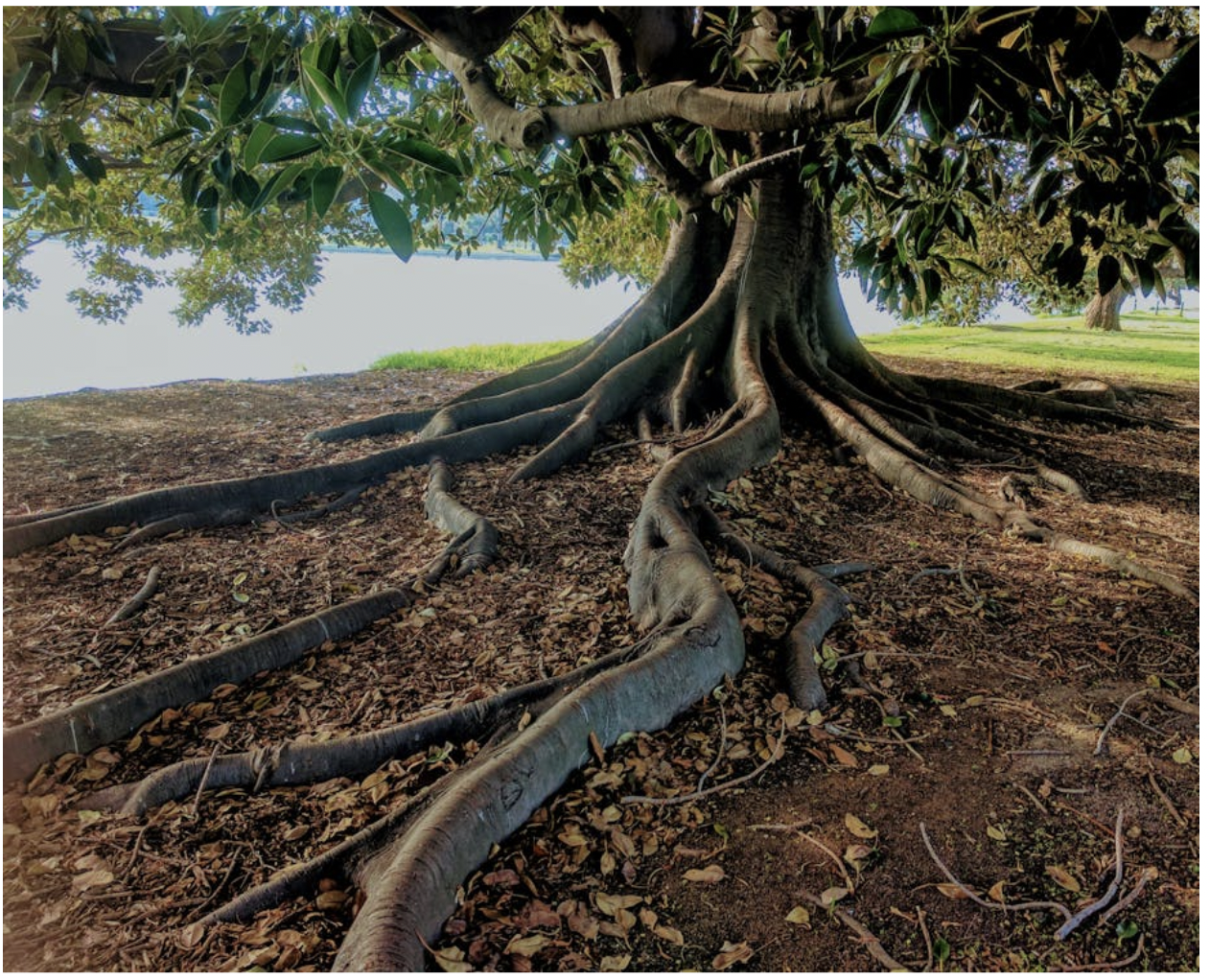What It Takes To Keep Your Trees Healthy

If you want to maintain a beautiful garden, then you need to make sure that you’re caring for all of it. Trees might seem like they are comparatively low-maintenance compared to more delicate plants, and there is some truth to that, but they still need some care to ensure that they grow right and remain healthy. Here, we’re going to look at what you can do to ensure the health of your tree.
Keeping Trees Free of Weeds
Weed control is a fundamental aspect of tree care, especially in the early stages of a tree’s life. Weeds compete with young trees for essential nutrients, water, and sunlight, which can impede their growth and overall health. To keep your trees free of weeds, it is crucial to regularly inspect the area around the base of the tree. Mulching is an effective strategy for weed control; a layer of mulch not only suppresses weed growth but also helps retain soil moisture and regulate soil temperature. Organic mulches, such as wood chips or bark, are particularly beneficial as they decompose and improve soil fertility over time. When weeding manually, ensure that the roots of the weeds are completely removed to prevent regrowth. Regular maintenance and vigilance in weed control can significantly enhance the health and growth rate of your trees.
Big Peach homeowners who want to add a touch of nature to their property like to hire trusted tree service providers in Atlanta to ensure everything is properly maintained throughout the year. These professionals handle pruning, fertilization, and pest management, helping trees thrive in both residential and commercial landscapes.
Using Tree Guards for New Trees
Young trees are particularly vulnerable to physical damage from animals, lawn equipment, and environmental stressors. Using tree guards is an effective way to protect new trees. These guards shield the delicate bark from being gnawed by animals like rabbits and deer, which can cause significant harm and even kill young trees. Tree guards also prevent damage from lawnmowers and trimmers, which can strip the bark and expose the tree to infections. Installing a tree guard involves placing a protective cylinder around the base of the tree, ensuring it is securely fastened but not so tight as to restrict growth. Tree guards should be checked regularly and adjusted as the tree grows to ensure continuous protection.
Watering Young Trees
Watering is critical for the successful establishment and growth of young trees. During the first few years, trees are establishing their root systems and require consistent moisture. Deep watering, which ensures that water reaches the deeper roots, is more beneficial than frequent shallow watering. A good practice is to water young trees once or twice a week, providing a slow and steady flow that allows the water to penetrate deeply into the soil. The amount of water required can depend on the tree species, soil type, and climate conditions. Mulching around the base of the tree helps retain moisture, reducing the frequency of watering. Consistent and adequate watering during the early stages of growth ensures that the tree develops a robust root system, making it more resilient to drought and other stressors as it matures.

Checking for Signs of Wood-Eating Pests
Wood-eating pests, such as termites, borers, and beetles, can cause significant damage to trees if left unchecked. Regular inspection of your trees for signs of infestation is crucial in early detection and management. Symptoms of wood-eating pests include small holes in the bark, sawdust-like frass, and visible larvae or adult insects. Trees may also show signs of distress, such as wilting leaves, dead branches, or unexplained dieback. If an infestation is detected, it is important to identify the type of pest to determine the appropriate treatment. Biological control methods, such as introducing natural predators, and chemical treatments can be used to manage pest populations. In severe cases, it may be necessary to remove and destroy infested trees to prevent the spread to other healthy trees in your garden.
The Importance of Pruning
Pruning is an essential practice for maintaining the health and appearance of trees. It involves the selective removal of branches to improve the tree's structure, enhance light penetration, and reduce the risk of disease. Pruning helps to remove dead or diseased branches, which can be a source of infection or infestation. It also shapes the tree, promoting a strong structure that can withstand wind and weight from snow or ice. The best time to prune trees is during their dormant season, typically in late winter or early spring, when the tree is less susceptible to stress and disease. Using sharp, clean tools is essential to make precise cuts and minimize damage to the tree. Regular pruning promotes vigorous growth, improves air circulation, and enhances the overall health and longevity of the tree.
Clearing Overgrown Branches
Overgrown branches can pose a risk to the health of the tree and the safety of your property. They can obstruct sunlight, create excessive weight on the tree, and provide pathways for pests and diseases. Clearing these branches is a necessary part of tree maintenance. For larger branches, using an electric chain saw can be highly effective. When using a chainsaw, it is important to follow safety protocols, including wearing protective gear and ensuring the chainsaw is in good working condition. Make precise cuts at the correct angles to promote healing and prevent damage to the tree. It may be helpful to make an initial undercut to prevent the bark from tearing as the branch falls. Regularly clearing overgrown branches keeps the tree healthy, maintains its structure, and reduces the risk of falling branches.
Keeping an Eye Out for Disease
Monitoring trees for signs of disease is critical in maintaining their health and preventing the spread of infections. Common tree diseases include fungal infections, such as powdery mildew and root rot, bacterial diseases like fire blight, and viral diseases. Symptoms of disease can vary but often include discolored leaves, unusual growth patterns, cankers, and wilting. Early detection is key to managing tree diseases effectively. If a disease is suspected, it is important to correctly identify the pathogen to determine the appropriate treatment. This may involve the application of fungicides, bactericides, or other treatments. In some cases, removing and destroying infected parts of the tree is necessary to prevent the disease from spreading. Regular monitoring, combined with proper cultural practices such as pruning and appropriate watering, helps keep diseases at bay and promotes the overall health of the tree.
By following these practices, you can ensure that the trees in your garden thrive, contributing to a beautiful and healthy landscape.







